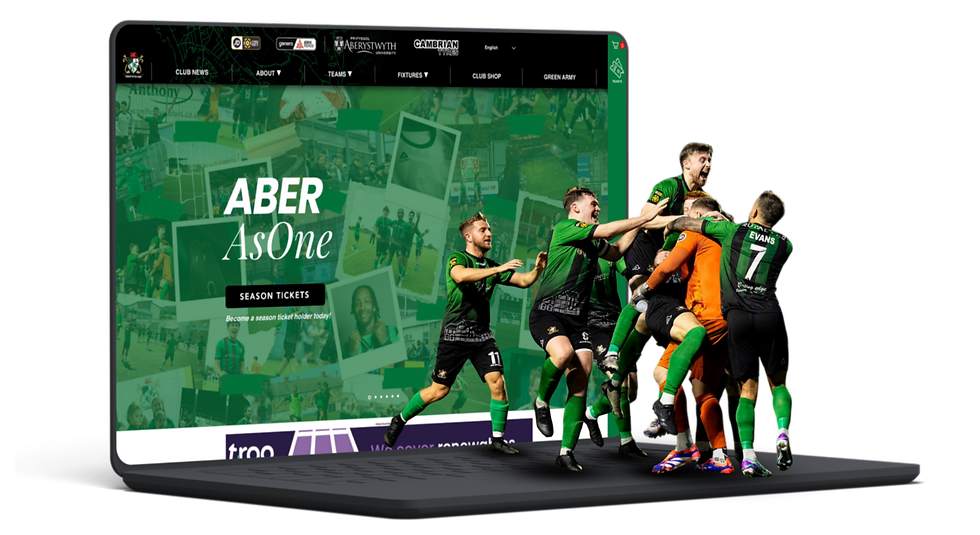How to use your blog for SEO ranking on Google
- Damian Burgess

- Oct 31, 2016
- 3 min read
Search engines are always looking for new content and what better way than to push out search engine optimized (SEO) content than a BLOG.

If your prices don't change much a blog is the answer to promote what you offer. There are always relevant topics to your product or service that are useful to consumers. Get people to like and trust you with a blog. Here are some top tips for helping your SEO and Google ranking.
#1 Monitor keyword rankings with a number of available tools like moz and make sure you track and see where you rank for those keywords and which keywords to focus on. Identify an opportunity - for example, if you rank at spot 11 in Google that's a great opportunity to get onto the first page (dependent on how competitive your industry is) by working on that particular keyword or keyword phrase.
#2 Identify your keyword opportunities. Select relevant keywords that your customers are searching for. Google Keyword Planner is a good tool to see search traffic volumes,
#3 Find some relevant keyword phrases (these are secondary keywords) - a phrase that utilizes your primary keywords for example, Music lessons for guitar : Where can I get guitar lessons?
#4 Identify a blog topic. FAQs are a great go to (after all they're frequently asked...) By creating some FAQs it's a double win (great content and highly searched) and then refer people to your blog. It's also great for linking to other pages on your website.
#5 A keyword rich title that includes any secondary titles too. We're talking about your H1 (Heading 1)
#6 Blog outline. This is very important. It will save you time and keep your reader engaged.
#7 New blog posts on YOUR website. Keep people on your website!
#8 Checklist. Wordpress gives you a green light if your SEO is on point for that blog post.
#9 After your title and blog post content every good story needs a good ending. End with a CTA (Call to Action) a H2 or H3 at the end of the post, preferably as a button for impact. It's important that if someone has taken the time to read your blog and get to the bottom, they like the content so ask them to act. Keep it simple. Tel them what, how and why. Download, purchase, right now type of thing, Give specific instructions.
#10 Customer description. Wordpress plugin allows for a bespoke description which will show up in search results and social media. Include keywords and in the description introduce the subject keywords and a call to action. Emphasize the keyword. This feature helps your SEO rankings and your click-throughs. If you're a local service put your phone number in the meta description - help people out so they can contact you ASAP. This is ideal if you're an emergency plumber for example.
#11 Add a featured image. By doing this it gives your blog post value and don't forget the Alt tags. Visuals support your content and lets face it, makes it so much easier to read. You can also re-purpose the image from a blog post to social media - visitors then get the same branding and experience. NUTTY TIP newsletters are great for driving traffic to web pages with a featured image. Include the same featured image in the newsletter to reassure the reader. Make sure it's the right size for social media too.
#12 Additional SEO boosts:
Add internal links to other pages and posts.
Construct an FAQ website page and then write blog posts on each of these and make sure you link them. These help Google spiders.
Use external links to high ranking websites that aren't your competition maybe a manufacturer or supplier.
Include additional images as examples or infographics to support content.
Embed a relevant YouTube video (preferably from your own channel) Adding rich media helps your SEO.
#13 Preview and proof read. Login on your mobile to check it looks good. Check grammar and spelling and get a second person to read your blog.
#14 Hit the publish button or schedule for a later date. It's LIVE.
#15 You're not done yet - usually your blog post is automatically catalogues with Google, but not always. We recommend submitting the blog post to Google directly. We can give you this link to help your posts show up in a few hours.
#16 Monitor to improve. Keep checking your keyword ranking - work with SEO is never done, it's constant work. You need to track and monitor consistently. If you don't have time to do this hire an agency to do it for you. You want all this work to generate something after all.




Comments